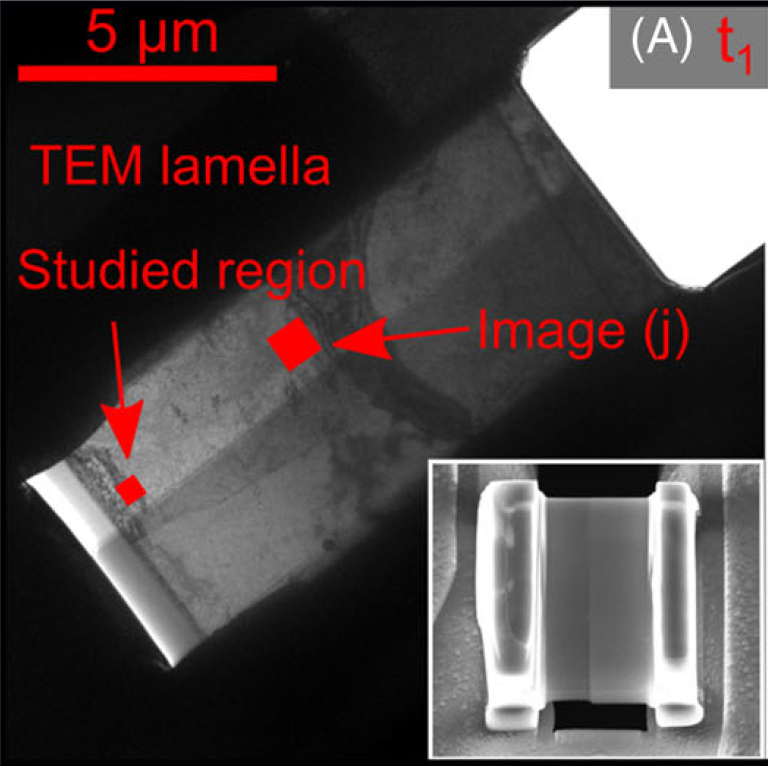Introduction
Aluminium alloys are versatile lightweight materials exhibiting high strength that will have an increasingly more important role to play in the development of sustainable transportation alternatives, such as in automobiles. Put simply, if you have a lighter car, you need less energy to move it forward. This leads to improvements in fuel economy and reduced-emissions, or one can travel further with a single battery charge.
Aluminium is the fastest growing material for automotive applications as compared to other competing materials, which is driven by stricter regulations and demands to cut carbon dioxide emissions.
Compared to steels, aluminium alloys are much less heat resistant. This becomes an issue when placing components made of aluminium in proximity of sources of heat, such as internal combustion engines or near the battery pack of electric vehicles. If given sufficient amounts of time, the microstructure – and hence properties – of an aluminium alloy will change if exposed to elevated temperatures, say 50-90 °C, which are temperatures that are reached near working car components. Therefore, replacing steel components with lighter aluminium alloy substitutes means that we need to have a fundamental understanding of the behaviour of aluminium alloys under in-service conditions. Additionally, the process of material-joining might entail welding, causing thermal spikes that could reach 300 °C and the formation of heat-affected zones in adjacent materials, which has a large effect on the structural integrity of joint materials.
In situ TEM heating
It is in the understanding of these effects that in situ TEM heating will play a crucial role. Conventionally, samples are heated ex situ to different stages and subsequently inspected one by one in the TEM. However, now Sunde et al. were able to directly observe the microstructural changes occurring on the nm-scale for an Al-Mg-Si-Cu alloy inside the TEM, as it was heated in the range 180 – 240 °C, enabled by the DENSsolutions Wildfire system.
6xxx series aluminium alloys
There are several different classes of aluminium alloys. The main groups of high-strength, heat-treatable alloys are the 2xxx (Al-Cu), 6xxx (Al-Mg-Si) and 7xxx (Al-Zn) series. Of these, the 6xxx series have proved most promising for future use in certain car components due to their general ease of extrusion and welding as compared to most 2xxx and 7xxx series alloys.
Previous in situ heating TEM studies have been conducted on 2xxx type alloys. The 2xxx series alloys lend themselves very well for visualisation in annular dark-field (ADF) STEM mode, due to the increased atomic column scattering power to higher angles for Cu as compared to lighter elements such as Al, Mg and Si. ADF-STEM mode imaging is less suitable for 6xxx series alloys, where the Cu content is usually very low compared to 2xxx series alloys. This requires different TEM techniques for tracking the character of forming phases.
To solve this problem, in a previous study, Sunde et al. developed a characterisation technique using scanning precession electron diffraction (SPED) and machine learning with which one can track the character of individual precipitates acquired from a larger 2D scan area. Here, this approach was combined with in situ heating, which enabled the researchers to track the phase transformation occurring for many precipitates in a single region of interest after exposure to different stages of heating.
Evolving phases
















